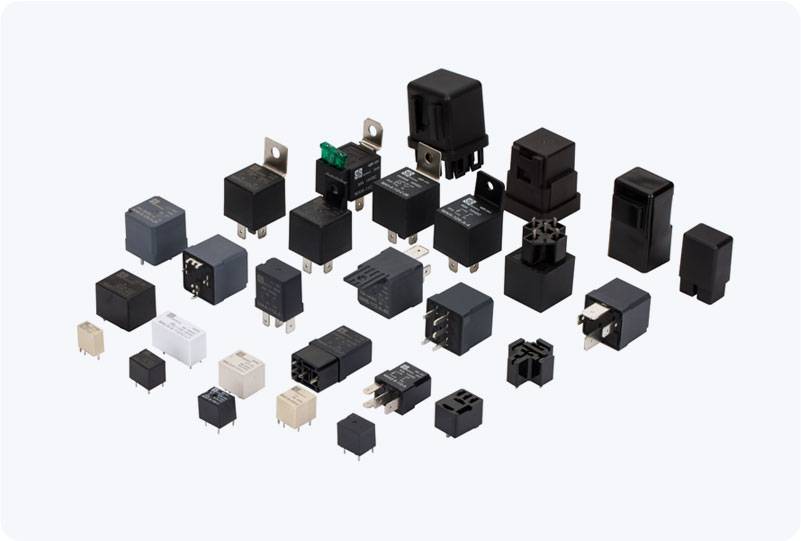understanding capacitor precharge circuit relay and its importance in power electronics
Release time:2025-10-20 09:31:58
Capacitor precharge circuits play a crucial role in power electronics, especially in high-voltage and high-current systems such as electric vehicles, inverters, and power supplies. These circuits are designed to protect sensitive components, particularly capacitors, from damage caused by high inrush currents when the system is powered on. A capacitor precharge circuit relay is a key component in ensuring a smooth and safe power-up process, and its importance cannot be overstated in the context of modern electrical and electronic systems.

What is a Capacitor Precharge Circuit?
In many electronic circuits, capacitors are used to store energy and smooth out voltage fluctuations. However, when a capacitor is initially connected to a power source, a large inrush current can flow into the capacitor, which can cause excessive heating, potential damage, and reduced lifespan of the capacitor. The goal of a capacitor precharge circuit is to gradually charge the capacitor to the voltage level of the power supply, preventing this harmful inrush current.
A precharge circuit typically consists of several components, including a resistor to limit the charging current, a relay to control the circuit's switching, and the capacitor itself, which stores the energy once charged.

